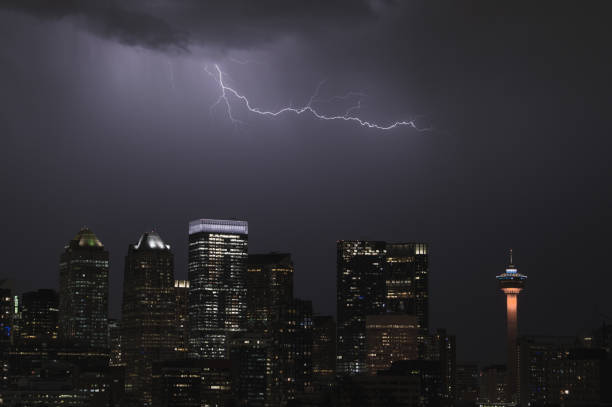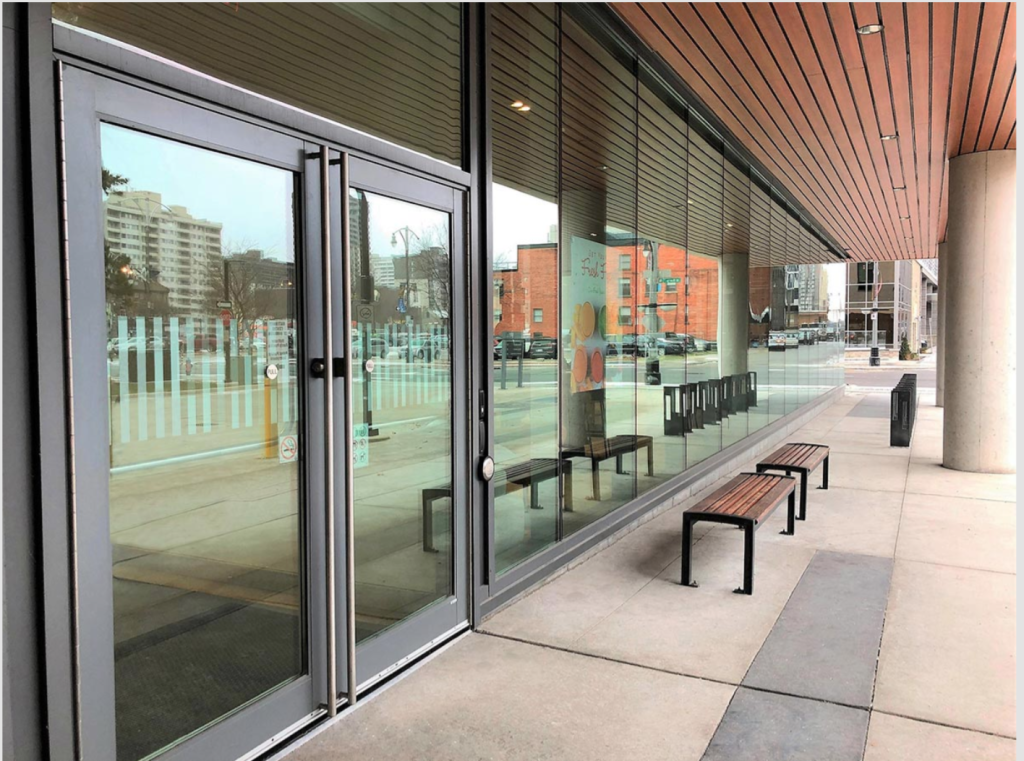
Are you a business owner looking to save money and increase your profits?
Okay, that was a trick question!
But did you know that one often-overlooked way to increase the energy efficiency of your commercial building – and save money in the long-term – is by weatherstripping your doors?
What is commercial door weatherstripping?
Weatherstripping is a material used around the perimeter of a commercial door to seal the gaps between the door and the frame. Typically made of vinyl, silicone or neoprene, weatherstripping is designed to prevent the outside getting in – and stop other nasties entering your property.
Whether it’s snowing, whipping up a gale, or swelteringly hot outside, adding weather-stripping improves insulation and creates a secure seal that protects your building from the elements.
Weatherstripping also acts as a brilliant barrier against dust, dirt, and unwanted bugs and critters.

5 ways weatherstripping will benefit your building - and your bottom line
1. Weatherstripping improves energy efficiency – meaning lower bills
This is because weatherstripping prevents air leaks. When air leaks occur, a building’s HVAC system starts working overtime, which can lead to bigger energy bills. By installing weatherstripping, you keep the conditioned air in – and reduce the strain on your heating and cooling systems.
According to US government research, expertly applied weathertripping could result in a 10% saving on your energy bills. Who knew a strip of silicone could come in so handy!?
2. Weatherstripping increases the lifespan of your doors and lessens maintenance costs
Commercial doors are constantly exposed to the elements and will get damaged over time. Installing weatherstripping enables you to increase the performance and longevity of your door. But it’s important to choose the right weatherstripping solution – which we’ll look at later.
Proper weatherstripping also helps to reduce the cost of commercial door maintenance costs. One of the main ways it does this is by preventing moisture from entering your building – which we all know can lead to mold and mildew, which can incur pricey repair bills. Weatherstripping helps to nip this sort of decline in the bud and leave your doors looking good and performing well for longer.

3. Weatherstripping makes your building a more comfortable place
Air leaks can result in drafts and chilly spots around your building – not ideal for visitors, customers or employees. Weatherstripping seals the gaps that cause these uncomfortable conditions and helps maintain a consistent, pleasant temperature.
4. Weatherstripping makes your building less noisy
Weatherstripping doesn’t merely work to weather-proof and bug-proof your building, it can also help to sound-proof it.
Doors can be a vulnerable point for sound because they have gaps around them – however, weatherstripping, as we know, seals these gaps, and in doing so, works to reduce the noise levels coming in. If your commercial building is located in a loud area or on a busy road, for example, weatherstripping can help reduce the clatter enormously, leading to better results for your business.
5. Weatherstripping can increase the value of your building
Buyers want well-maintained, energy-efficient properties. By installing proper weatherstripping, you’re showing them you’ve ticked all the boxes to improve the energy efficiency and comfort of your building.
What are the most-used types of weatherstripping for commercial and industrial doors?
Brush weatherstripping
The brush is mounted to the side or bottom of the door and is more flexible than a vinyl strip, allowing for a complete door seal. Brush weatherstripping is generally considered to be more durable and sustainable, delivering better resistance against wear and deterioration.
Rubber weatherstripping
Cellular rubber, vinyl or silicone, it is typically made of a narrow sponge of rubber or vinyl tubing that comes attached to a wood or metal mounting strip. Silicone types are usually inserted into milled grooves. This type of weathertripping is installed at the bottom of a door – between a door and its jamb – to stop any drafts. This is the most common style of weatherstripping we sell.
Door Astragal
Made of silicone or PVC, a door astragal closes the gap between pairs of doors. It attaches to the bottom bar and provides contact with the floor and door threshold to create a seal.
Brush and rubber weatherstrips are both available as screw on or tape on. Tape on is typically used on rubber weatherstrips, and installed with a strong adhesive on the back of the strip, attached to the bottom of the door. Screw-on weatherstripping is more durable, but just as easy to install.
Weatherstripping solutions from Select Door
We’re proud to stock K.N Crowder and K.M Thomas branded weatherstripping in multiple lengths, styles, and finishes.

Conclusion: Invest in high-quality weatherstripping and expert installation to save money in the long term
We’ve discussed the types of weatherstripping available and all the ways weatherstripping can save you money.
However, in order to extend your doors’ lifespan, save on maintenance costs, increase your building’s energy efficiency and decrease your energy bills, it is vital to invest in the best weatherstripping materials on the market – and professional installation.
Select can help
We can identify the right weatherstripping solution for you – and we are just a call away. We’ve been Canada’s leading supplier and distributor of high-performance, cost-effective doors, frames and hardware for more than 25 years and we’d love to support you too.